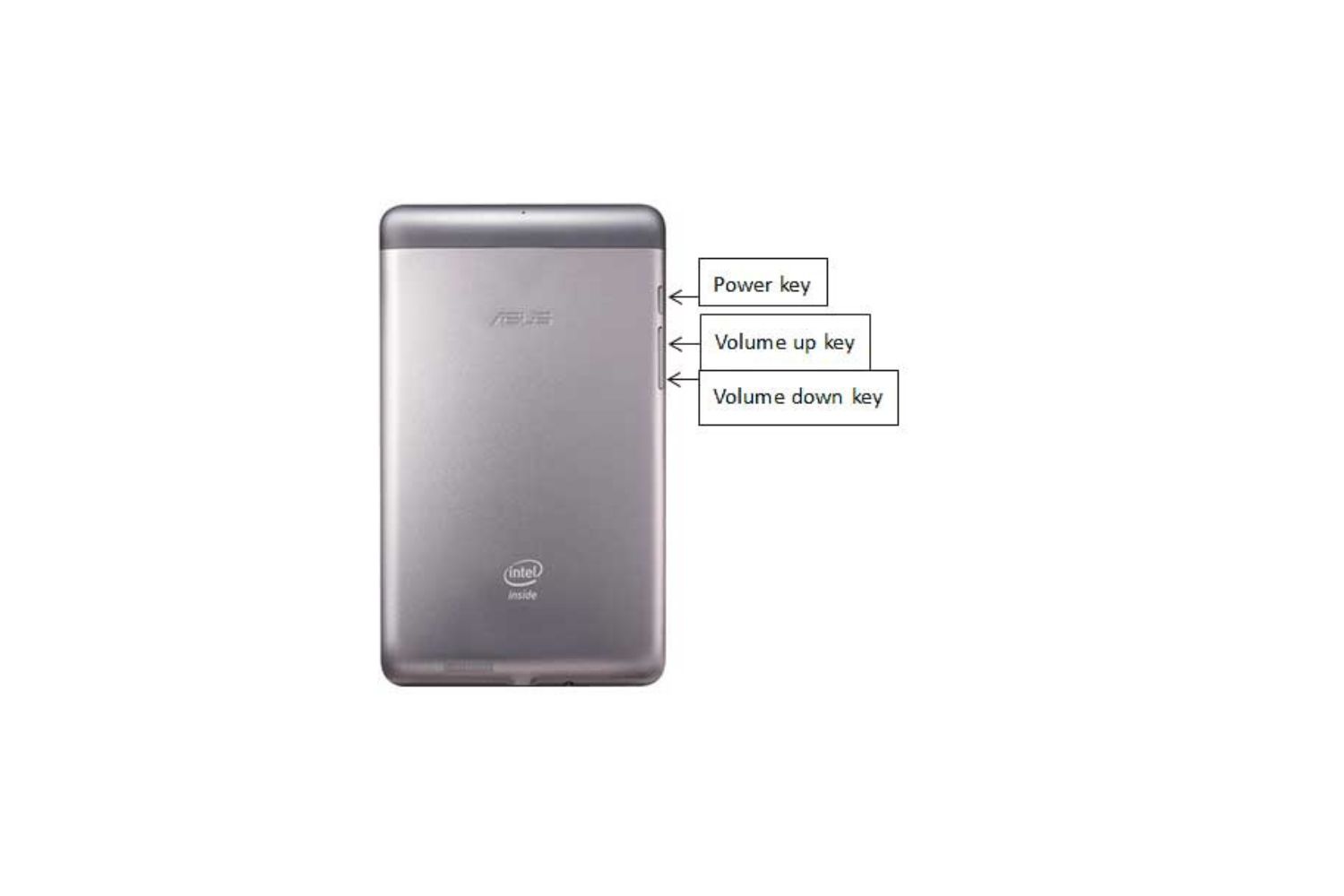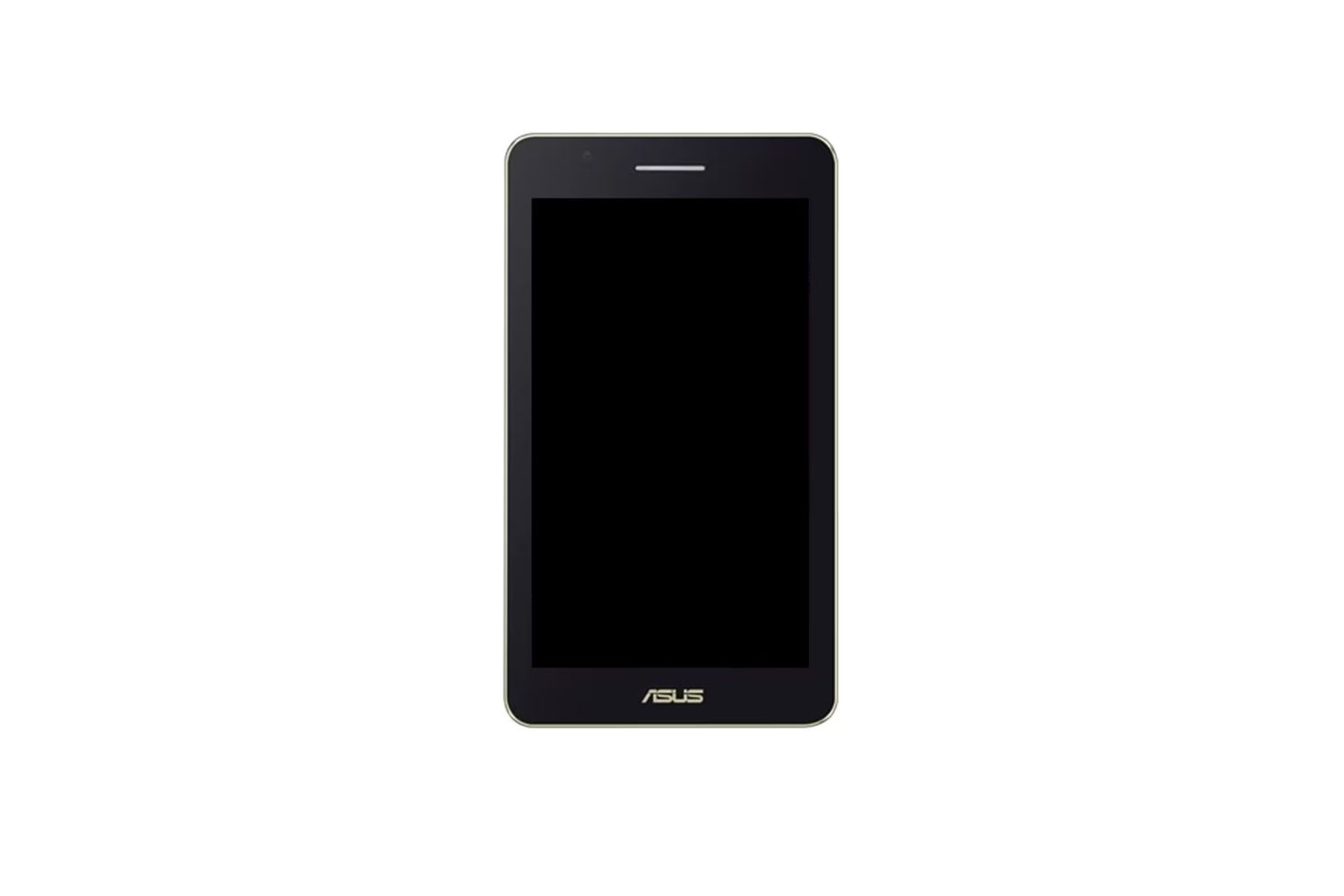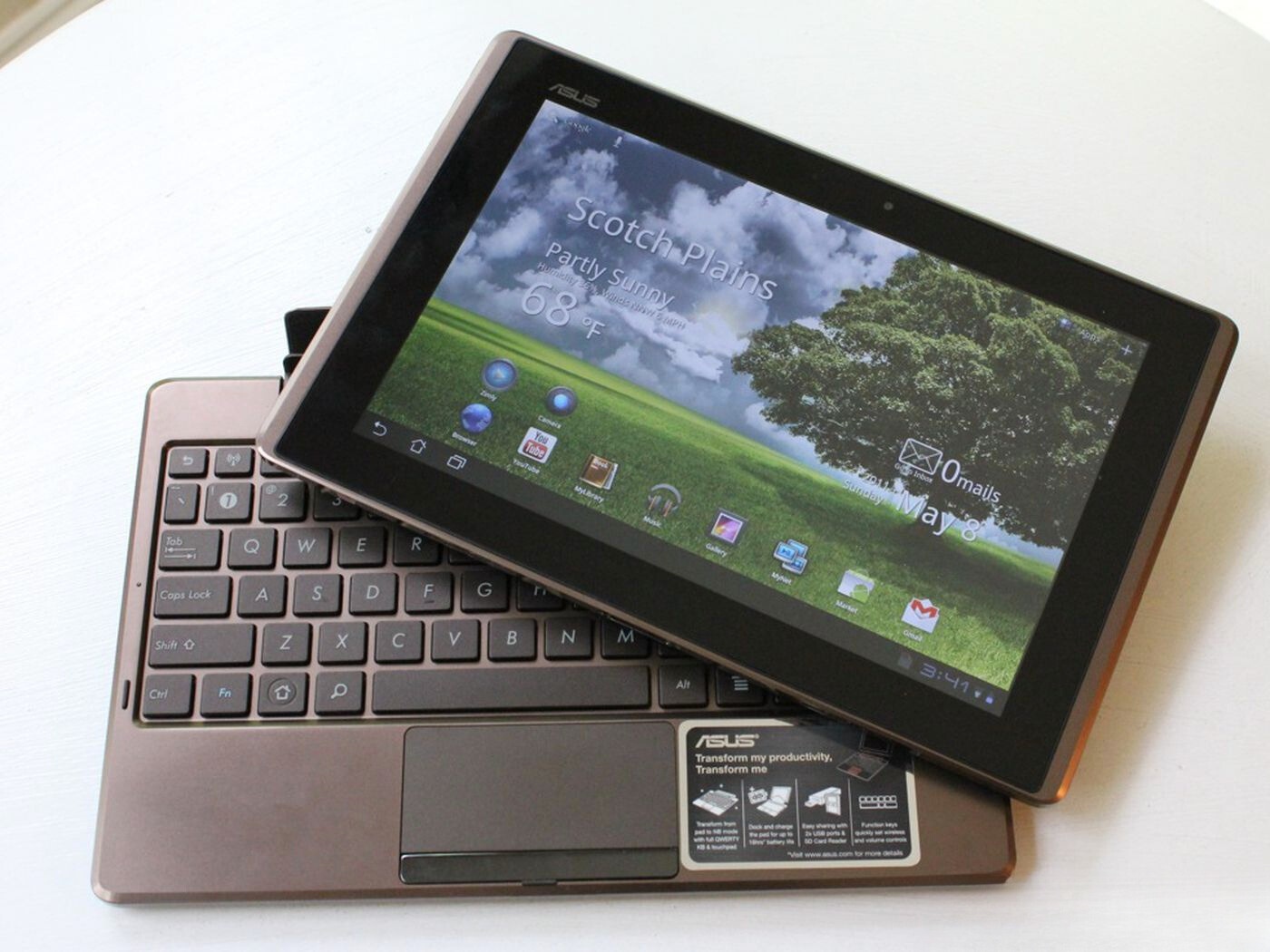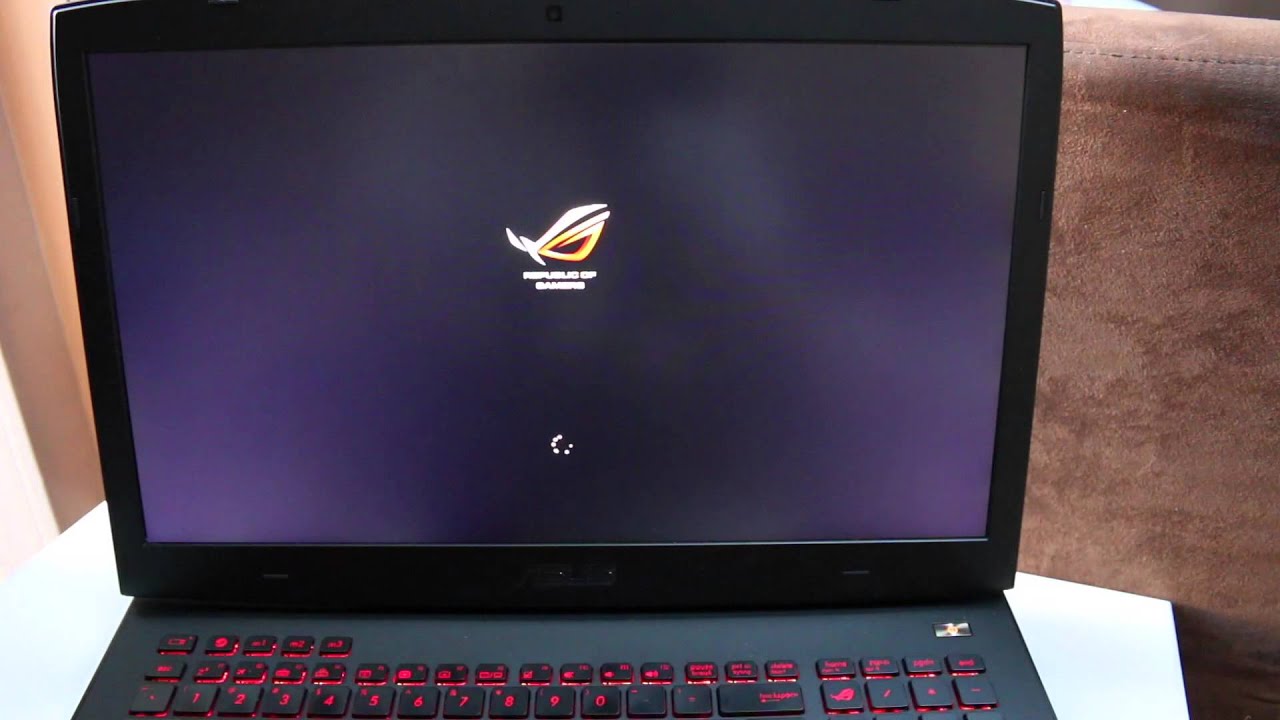Introduction
Welcome to this guide on how to factory reset an Asus tablet. If you’re experiencing issues with your tablet such as slow performance, software glitches, or forgotten passwords, a factory reset can help resolve these problems and restore your tablet to its original settings. In this article, we will explore what a factory reset entails, when it is necessary, and the different methods you can use to perform a factory reset on your Asus tablet.
A factory reset, also known as a hard reset or master reset, is a process that erases all data, settings, and applications on a device and restores it to its original condition. It essentially brings your tablet back to the state it was in when you first purchased it. This can be useful in situations where your tablet is experiencing severe software issues, or if you plan on selling or giving away your device and want to ensure all personal information is removed.
When should you consider performing a factory reset on your Asus tablet? Here are a few instances where a factory reset can be beneficial:
- Your tablet is running slow or freezing frequently.
- You’re experiencing software glitches or errors that can’t be resolved through normal troubleshooting steps.
- You’ve forgotten the lock screen password or pattern.
- You’re preparing to sell or give away your tablet and want to ensure all personal data is erased.
Before proceeding with a factory reset, it’s crucial to back up any important data on your tablet. This includes photos, videos, documents, contacts, and any other files that you do not want to lose. Once a factory reset is performed, all data will be permanently deleted and cannot be recovered.
What is a factory reset?
A factory reset is a process that restores a device, in this case an Asus tablet, to its original factory settings. It wipes out all data, settings, and applications that have been added to the tablet since it was first purchased, bringing it back to a clean slate. It is often used as a troubleshooting method to fix software issues or to prepare the device for resale or donation.
During a factory reset, the tablet’s operating system is reinstalled, removing any software glitches or errors that may have been causing issues. It also clears out any unwanted files or data that may be clogging up the device’s storage and slowing down its performance.
It’s important to note that a factory reset only affects the internal storage of the tablet, not any external storage devices such as SD cards or USB drives. Therefore, if you have important files or data stored on external storage, make sure to back them up before performing a factory reset.
There are different methods to perform a factory reset on an Asus tablet, which we will discuss in the later sections. These methods may vary depending on the specific model of your tablet, so it’s important to refer to the user manual or Asus support website for detailed instructions.
When should you factory reset your Asus tablet?
There are several situations where performing a factory reset on your Asus tablet can be beneficial. Here are some common scenarios where a factory reset might be necessary:
1. Slow performance: If your tablet is running slow, freezing, or experiencing lag, a factory reset can help improve its performance. Over time, the accumulation of unnecessary files, cached data, and outdated software can impact the tablet’s speed and responsiveness. By performing a factory reset, you can remove these unwanted elements and start fresh with a clean system, potentially resolving performance issues.
2. Software glitches: If you’re experiencing recurring software glitches or errors that are not resolved by normal troubleshooting steps, a factory reset can be a useful solution. Sometimes, these glitches can be caused by incompatible apps, conflicting settings, or corrupted system files. By performing a factory reset, you can eliminate these software-related issues and restore the tablet to a stable condition.
3. Forgotten password or lock screen pattern: If you’ve forgotten the password or lock screen pattern for your Asus tablet, a factory reset can help regain access to your device. Keep in mind that performing a factory reset will erase all data on the tablet, so it’s important to have a backup of your important files beforehand.
4. Selling or giving away your tablet: Before selling or giving away your Asus tablet, it’s crucial to remove all personal data and ensure your privacy. Performing a factory reset is an effective way to wipe all data from the tablet and restore it to its original settings. This ensures that the new owner won’t have access to any of your personal information, accounts, or files.
Remember that a factory reset should be seen as a last resort when all other troubleshooting methods have been exhausted. It’s always recommended to try simple fixes such as clearing cache, updating software, or uninstalling unnecessary apps before resorting to a factory reset.
Back up your data before factory resetting
Before proceeding with a factory reset on your Asus tablet, it’s crucial to back up any important data that you don’t want to lose. Performing a factory reset erases all data and settings on the tablet, including photos, videos, documents, contacts, and app data. Here are a few methods to back up your data:
1. Cloud storage: One of the easiest ways to back up your data is by using cloud storage services such as Google Drive, Dropbox, or OneDrive. These services allow you to upload your files to their servers, making them accessible from any device with an internet connection. Simply install the cloud storage app on your tablet, sign in, and upload your files to the cloud. Make sure to check the storage limit and upgrade if needed.
2. Transfer to a computer: Connect your Asus tablet to a computer using a USB cable and transfer your important files manually. You can simply copy and paste the files from your tablet’s storage to a folder on your computer. This method is especially useful for larger files or if you prefer to have the files stored locally.
3. External storage devices: If your tablet supports external storage such as microSD cards or USB drives, you can back up your data directly to these devices. Insert the storage device into your tablet and use the built-in file manager to move your files to the external storage. Remember to safely eject the external storage device before removing it from the tablet.
4. Backup apps: Some apps provide their own backup functionality, allowing you to save app data, settings, or game progress. Check if the apps you want to back up offer this feature and enable it before performing a factory reset. This can be particularly useful for apps that store important information that cannot be easily recreated.
It’s always recommended to create multiple backups and store them in different locations. This ensures that your data is safe in case of unforeseen circumstances such as hardware failure or accidental deletion. Take the time to organize your files and make sure everything is properly backed up before proceeding with the factory reset.
Method 1: Factory reset through settings
One of the easiest ways to perform a factory reset on your Asus tablet is through the settings menu. This method is suitable for situations where you can still access the tablet’s settings and navigate through the interface. Here’s how to factory reset your Asus tablet through the settings:
Step 1: Start by opening the settings app on your Asus tablet. You can usually find it in the app drawer or by swiping down from the top of the screen and tapping on the gear icon.
Step 2: Once you’re in the settings menu, scroll down and look for the “System” option. Tap on it to expand the system settings.
Step 3: Within the system settings, locate and tap on the “Reset” or “Backup & reset” option. This will open a new set of options related to resetting your device.
Step 4: Look for the “Factory data reset” or “Reset phone/tablet” option and tap on it. You may be prompted to enter your device’s PIN, pattern, or password for security purposes.
Step 5: Before confirming the factory reset, the system will provide you with a warning message about erasing all data on your tablet. Read the message carefully and ensure you have backed up all important data. If you’re ready to proceed, tap on the “Reset” or “Erase everything” button.
Step 6: Wait for the factory reset process to complete. Your Asus tablet will reboot and begin the initial setup, just like when you first purchased it.
It’s important to note that the exact steps and options may vary depending on the model and operating system version of your Asus tablet. If you’re having trouble finding the factory reset option, it’s recommended to refer to the user manual or the Asus support website for specific instructions.
Performing a factory reset through the settings menu is a straightforward method that doesn’t require any additional tools or hardware. It’s a convenient way to restore your Asus tablet to its original factory settings and resolve any software issues you may be facing.
Method 2: Factory reset using hardware keys
If you’re unable to access your Asus tablet’s settings or if the tablet is unresponsive, you can perform a factory reset using the hardware keys. This method allows you to bypass the operating system and initiate the reset process directly. Here’s how to factory reset your Asus tablet using hardware keys:
Step 1: Begin by powering off your Asus tablet. If it’s not responding, press and hold the power button until it shuts down. Make sure the device is completely powered off.
Step 2: Once the tablet is powered off, press and hold the volume up button along with the power button. Continue holding both buttons until the manufacturer logo or recovery mode menu appears on the screen. This may take a few seconds.
Step 3: Release both buttons when the manufacturer logo or recovery mode menu appears. This indicates that you have successfully entered the recovery mode.
Step 4: In the recovery mode menu, use the volume up and volume down buttons to navigate through the options. Look for the “Wipe data/factory reset” or similar option and use the power button to select it.
Step 5: You may be prompted to confirm the factory reset. Use the volume buttons to highlight the “Yes” option and press the power button to confirm.
Step 6: Wait for the factory reset process to complete. This may take a few minutes. Once it is finished, you will see the recovery mode menu again.
Step 7: Highlight the “Reboot system now” option and press the power button to restart your Asus tablet.
Please note that the exact key combinations and steps may vary depending on the model and make of your Asus tablet. It’s recommended to refer to the user manual or the Asus support website for specific instructions tailored to your device.
Performing a factory reset using hardware keys can be useful when you’re unable to access the tablet’s settings or when the device is unresponsive. It allows you to reset the tablet and bring it back to its original factory settings without relying on the operating system.
Method 3: Factory reset using the Asus recovery partition
If your Asus tablet has a recovery partition, you can perform a factory reset using this built-in feature. The recovery partition contains a set of tools and options that allow you to troubleshoot and reset your device. Here’s how to factory reset your Asus tablet using the Asus recovery partition:
Step 1: Start by turning off your Asus tablet completely. If it’s unresponsive, press and hold the power button until it shuts down.
Step 2: Once the tablet is powered off, press and hold the volume down button along with the power button. Keep holding both buttons until the Asus logo or recovery mode menu appears on the screen. This may take a few seconds.
Step 3: Release both buttons when the Asus logo or recovery mode menu appears. This indicates that you have successfully entered the recovery mode.
Step 4: In the recovery mode menu, use the volume buttons to navigate through the options and look for “Factory reset” or “Wipe data/factory reset”. Use the power button to select the option.
Step 5: You may be prompted to confirm the factory reset. Use the volume buttons to highlight the “Yes” option and press the power button to confirm.
Step 6: Wait for the factory reset process to complete. The tablet will erase all data and restore the device to its original factory settings. Once the process is finished, you will be returned to the recovery mode menu.
Step 7: Highlight the “Reboot system now” option and press the power button to restart the tablet. It will now boot up with the factory settings restored.
Please note that the exact steps and options may vary depending on the model and make of your Asus tablet. It’s recommended to refer to the user manual or the Asus support website for specific instructions tailored to your device.
Performing a factory reset using the Asus recovery partition provides an alternative method to restore your tablet to its original settings. It is especially useful when you’re unable to access the tablet’s settings or use the hardware keys to initiate the reset process.
Common issues during factory reset and how to solve them
While factory resetting your Asus tablet is generally a straightforward process, you may encounter a few common issues along the way. Here are some of the most frequently encountered issues during a factory reset and their potential solutions:
1. Frozen or unresponsive screen: During the factory reset process, your tablet may become unresponsive or freeze at some point. If this happens, try holding down the power button for about 10 seconds to force a shutdown. Once the tablet turns off, attempt the factory reset again using the chosen method.
2. Error message during reset: Occasionally, you may encounter an error message during the factory reset process, preventing it from completing successfully. If this occurs, try restarting your tablet and retrying the factory reset. If the error persists, seek assistance from Asus customer support for further guidance.
3. Stuck in a boot loop: In rare instances, your Asus tablet may end up stuck in a boot loop, continuously restarting without completing the factory reset. To remedy this, try performing a hard reset by holding the power button and volume down button simultaneously until the tablet powers off. Once it’s off, attempt the factory reset again using the desired method.
4. Incomplete data deletion: After a factory reset, it’s possible that some of your personal data may still be present on the tablet. To ensure complete data deletion, consider using a data eraser application or manually deleting sensitive files before performing the factory reset.
5. Forgotten Google account credentials: If your Asus tablet is running an Android operating system and is linked to a Google account, you may be asked to enter the associated Google account credentials during the setup process after a factory reset. If you’ve forgotten these credentials, you can attempt account recovery by following the instructions provided by Google.
If you encounter any other issues during the factory reset process that are not addressed here, it’s recommended to refer to the user manual for specific troubleshooting steps or seek assistance from Asus customer support.
Remember that performing a factory reset will erase all data on your Asus tablet. Therefore, it’s important to ensure you have backed up any important files before proceeding. Additionally, double-check that you are performing the factory reset using the correct method and following the proper instructions for your specific tablet model.
Conclusion
Performing a factory reset on your Asus tablet can be a valuable troubleshooting tool to resolve software issues, improve performance, or prepare the device for resale. Whether you use the settings menu, hardware keys, or the Asus recovery partition, each method allows you to restore your tablet to its original factory settings.
Before proceeding with a factory reset, it’s essential to back up any important data to ensure you don’t lose any valuable files. Utilize cloud storage, transfer files to a computer, or use external storage devices to create backups of your data.
While factory resetting your tablet can help resolve common issues, it’s important to note that it cannot fix hardware problems. If you’re experiencing hardware-related issues, it’s best to seek professional assistance or contact Asus customer support for further guidance.
Remember to refer to the user manual or Asus support website for specific instructions catered to your tablet model, as the steps and options may vary. Additionally, exercise caution throughout the factory reset process to avoid any accidental data loss or other complications.
By following the methods outlined in this guide and being mindful of the potential challenges and solutions, you can successfully perform a factory reset on your Asus tablet and restore it to its original state, ensuring optimal performance and functionality.

























